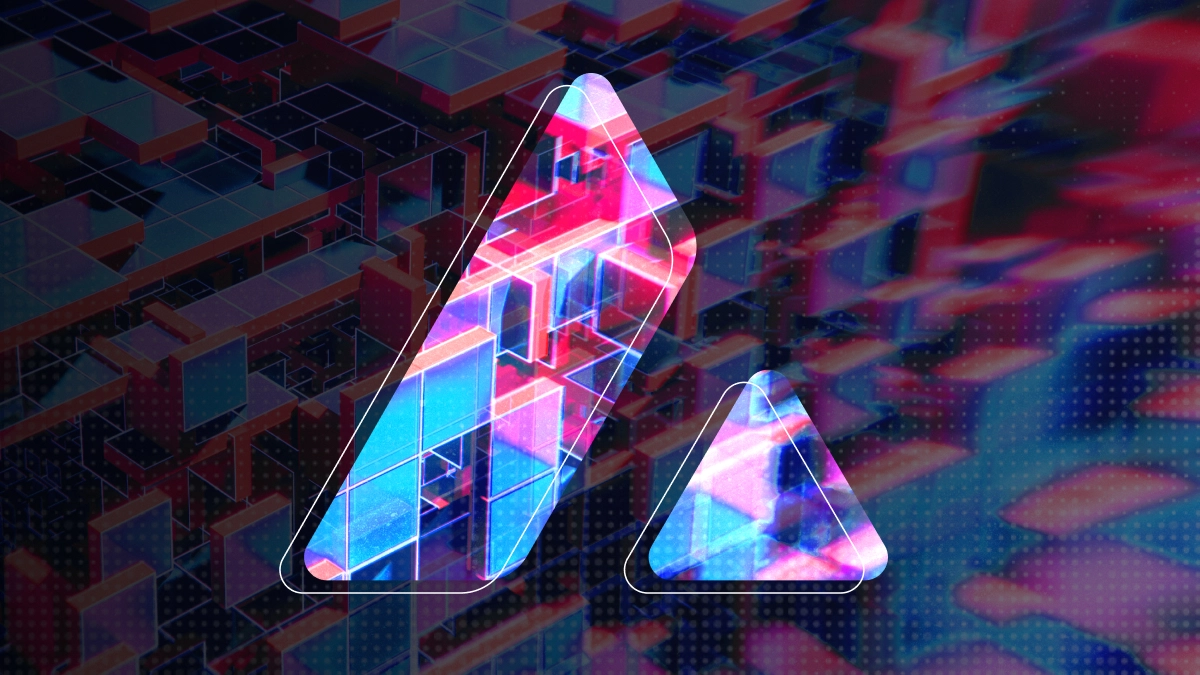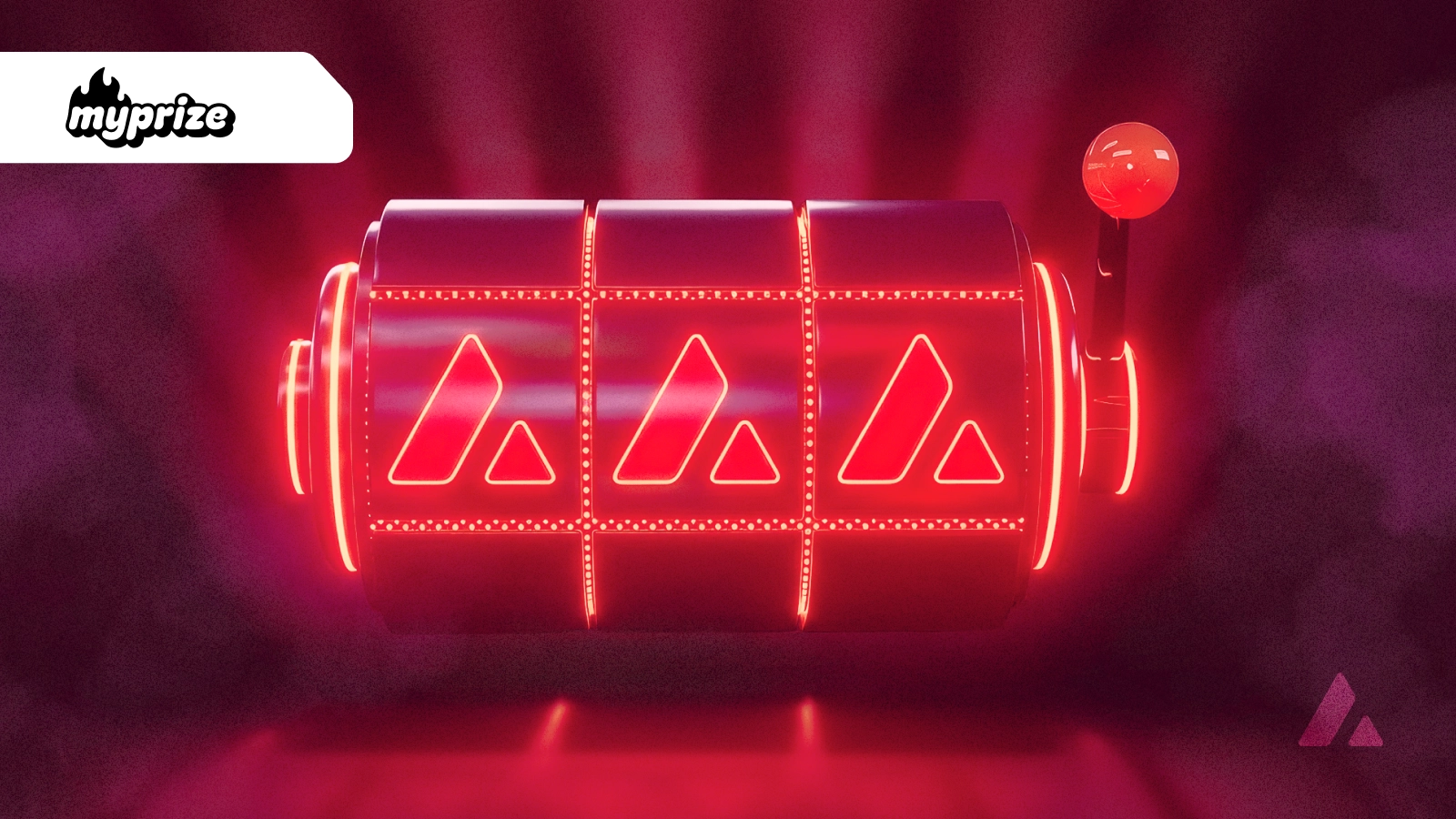What Business Leaders Need to Know about Blockchain Security
What Business Leaders Need to Know about Blockchain Security
Jul 15, 2025 / By Avalanche / 7 Minute Read

Is blockchain secure enough for enterprise applications? Here’s what every CEO needs to know.
Is blockchain secure enough for large business use cases?
At first glance, the features that make blockchain unique may suggest a less secure environment: decentralization, more power to a wider set of participants, open-source software, and a different blockchains platforms communicating with each other.
Despite these misconceptions, blockchains can be secure enough to support major enterprise use cases in highly regulated industries like finance and healthcare.
Here’s what business leaders need to know about blockchain security, potential risks, and best practices as they explore this technology.
Security by Design
Most internet applications were built before developers had a clear idea of what potential cyberattacks might look like. Developers have been in an arms race with hackers ever since, adding on new safeguards as old ones fail.
By contrast, blockchain was developed in the era of the devastating cyberattack. Security wasn’t an afterthought. It’s a feature built into the technology at a base level.
With the right approach, blockchain can introduce properties that are more secure than traditional systems. It can offer:
Tamper-proof data integrity
Cryptographic security
Decentralized, sybil resilience against attacks
Understanding Blockchain Security
While blockchain networks are designed to resist attack, they are not invulnerable. The strength of security depends on the underlying chain’s architecture, governance model, and implementation of various mechanisms. The first step is evaluating public vs. private blockchains for your business.
Security implications of public vs. private blockchain
Not all blockchains are identical. Each type has its own benefits, challenges, and best practices.
Public blockchain benefits
Public blockchains like Ethereum, Solana and Avalanche operate on a decentralized, open network. Anyone with the right digital tokens can participate, all around the globe. Public blockchains achieve security through:
Decentralized consensus: Transactions are validated by independent nodes, rather than a single authority. This eliminates single points of failure and makes blockchain resistant to censorship or internal fraud when it reaches a certain threshold of economic security. It’s easy to see how having many trusted validators helps prevent fraud. If only one person in an office can see out a window, they might claim the sky is green instead of blue. But if everyone has a seat near a window, you can get an overwhelming consensus of the actual conditions outside.
Cryptographic integrity: All transactions are permanently recorded on the blockchain. Since each node has their own copy of the blockchain history, it’s easy to spot an attempt to tamper or modify the record.
Attack resilience: Since blockchains are decentralized, hacking a public blockchain at the platform level would require controlling a majority of the entire network. This type of attack is computationally costly and impractical for well-established chains.
Public blockchain risks
No system is flawless, of course. There are challenges that come with public blockchains, but they can be mitigated.
Smart contracts that execute on the blockchain can introduce exploits to a secure chain. It’s important to create contracts that follow smart contract development best practices.
When blockchains scale up, security can come at the cost of transaction speed. Developers must use efficient data management techniques to avoid this trade-off.
Public networks may not always comply with a particular enterprise’s security standards, emerging privacy laws, or new regulatory requirements. This risk can be mitigated by building your own fully customizable layer one (L1) chain on a public chain like Avalanche.
Private blockchain benefits
While public blockchains are available to anyone, private blockchains only admit authorized participants. These platforms still benefit from decentralized consensus and built-in security. In addition, private blockchains offer:
Controlled access: One way is limiting access to specific verified parties. This makes it easier to prove compliance with industry regulations. This is particularly evident in geo-restricted applications to meet localized compliance and regulations.
Faster transaction speeds: When a validator set is smaller, transactions can be processed more quickly, which can be an added benefit for high-volume enterprise applications.
Custom security rules. Enterprises can implement unique encryption methods and create their own governance policies.
It’s important to note that an L1 chain on Avalanche grants these private blockchain some of the benefits of a public chain—the best of both worlds.
Private blockchain challenges
As with public chains, there are challenges and trade-offs to consider with a private blockchain, including:
More centralized architecture: With fewer participants validating transactions, there’s a greater burden of integrity on each individual node. A single participant has more power to manipulate records on a private chain than they would on a public one.
Weaker resilience. A single entity controlling a network makes it potentially more susceptible to internal attacks or collusion.
Blockchain security isn’t about just choosing between public and private networks. It’s about understanding the trade-offs, identifying potential vulnerabilities and keeping up with best practices.
How to Increase Blockchain Security
As with any online application or platform, ensuring security is a complex and layered process. Here are the key security challenges that affect blockchain and how you can address them.
Avoid smart contract vulnerabilities
Smart contracts—self-executing programs that automate transactions—are a key feature of blockchain. But poorly-written code can open the door for security breaches. Some of the biggest blockchain hacks have come from smart contract exploits.
Mitigate the risk through:
Code audits from third-party security firms
Formal verification that uses mathematical proofs to check smart contract logic
Bug bounties that incentivize ethical hackers to find exploits before bad actors do
Upgradeable contracts that can be altered to allow fixes
Implement robust private key management
Blockchain security relies on cryptographic keys. If a private key is lost or stolen, access to the data it protects is permanently compromised. There’s no way to reset a password—if a phishing attempt compromises a key, it must be deactivated.
Manage private keys with:
Hardware security models (HSMs) that store keys in dedicated hardware devices
Multi-signature wallets that require multiple approvals before executing high-value transactions
Sharding and threshold cryptography split keys among multiple parties, so there’s not a single point of failure
Cold storage keeps critical keys offline to prevent hacking
Solve the scalability vs. security trade-off
Many blockchains struggle to handle high transaction volumes without compromising security. It’s possible to have both; it just takes the right secure scalability practices. Efficient smart contract programming is one part of the equation. The other is configuring your chain for scalability and resilience.
Scale securely with:
Multi-chain architecture that connects L1 chains instead of relying on layer 2 solutions that can cause slowdowns
Efficient consensus mechanisms, like Avalanche’s Snowman++, which offers near-instant finality at scale
Adaptive security models can dynamically adjust network security as transaction volume rises
Reduce insider threats and governance risks
Even with strong cryptographic security, blockchains can be breached due to insider threats or poor governance. Many high-profile breaches were not technical hacks; they were due to internal mismanagement.
Prevent governance failures with:
Decentralized governance models that use multi-stakeholder decision-making for critical updates
Transparent audits to ensure on-chain governance mechanisms are working as they should
Separation of duties to avoid giving a single individual complete control over assets and permission setting
Blockchain Security is an Ongoing Process
Is blockchain secure enough for enterprise adoption? Absolutely. But like any technology your business uses, security is about more than technology. It requires governance, adherence to best practices, and proactive risk management.
With these human elements in place, blockchain can be safe, scalable, and private enough for highly regulated industries.
Avalanche is making it easier for enterprises to adopt blockchain. AvaCloud is a blockchain-as-a-service solution enabling teams to rapidly build, deploy, and scale decentralized networks—customized for any use case on Avalanche.
Schedule a demo to see AvaCloud in action.




